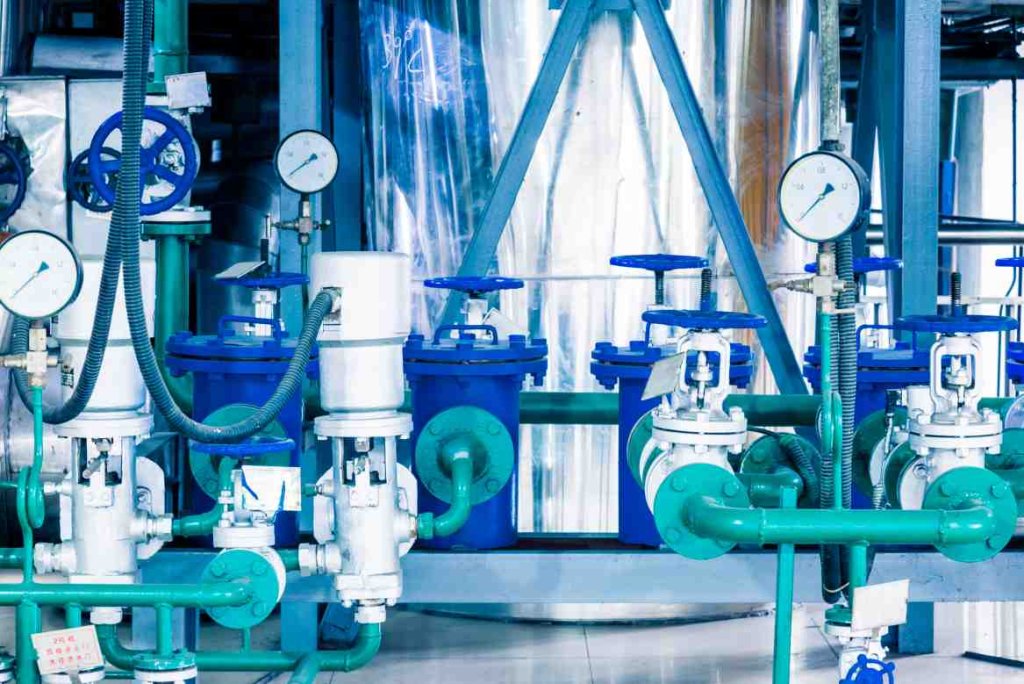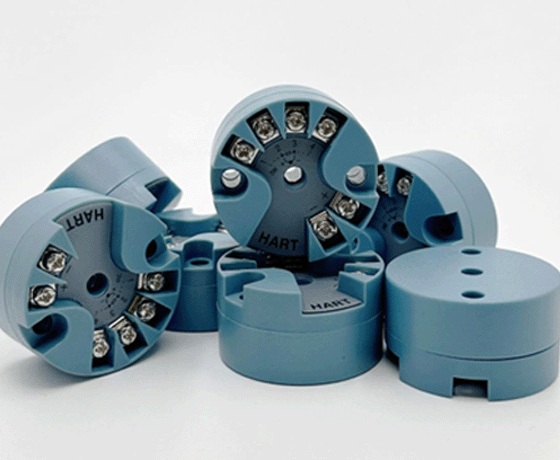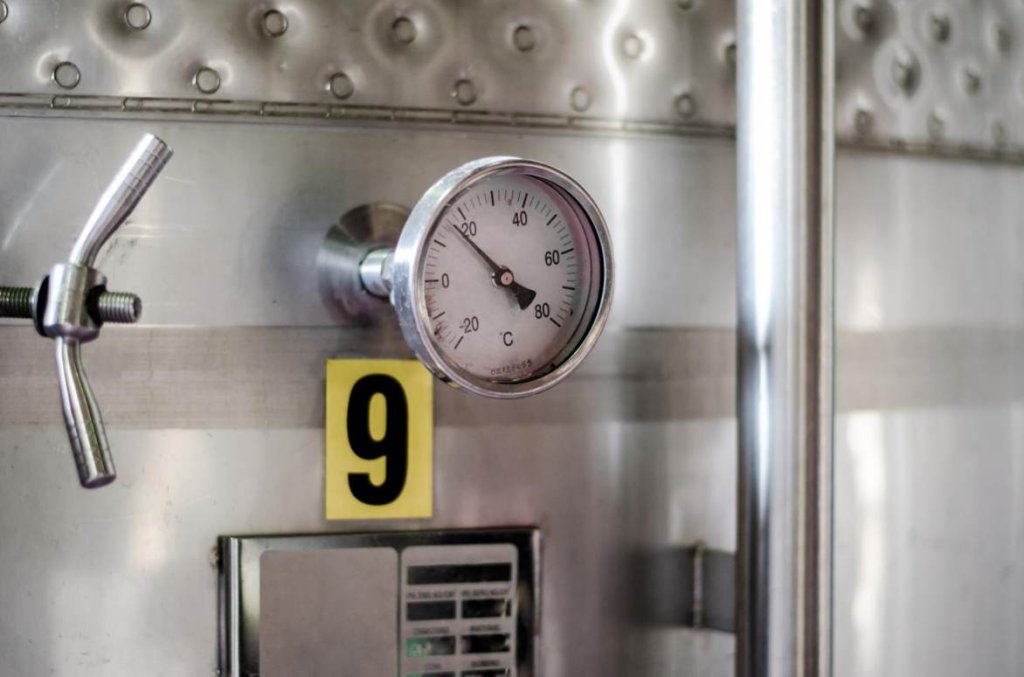What Role Does Signal Conditioning Play in a Temperature Transmitter Module?
What is Signal Conditioning in a Temperature Transmitter Module?
Signal conditioning is a key part of temperature transmitter modules. It turns sensor signals into standard outputs for other uses. At ICwalk, we focus on making solid signal conditioning systems for our boards. This gives accurate and reliable results for lots of applications. Our products, like the H3051WD and H648WD boards, show our commitment to doing things right.
How Does Signal Conditioning Work in a Temperature Transmitter Circuit?
Signal conditioning in a temperature transmitter circuit has a few steps. These include boosting, cleaning up and changing signals. First, weak signals from sensors like RTDs or thermocouples get a boost. Then, they’re cleaned up to get rid of noise or stuff that messes with accuracy. Finally, the cleaned signals are switched to standard formats, like 4-20mA current outputs. This makes them easy to hook up with other systems.
Why is Signal Conditioning Needed for Accurate Temperature Measurement?
Signal conditioning matters because raw sensor signals are often too weak or messy to use as-is. Without it, things like electrical noise or outside conditions can throw off readings. By using better signal conditioning tricks, ICwalk makes sure our boards give steady and spot-on results. This works even in rough industrial spots.
How Does a Temperature Transmitter Module Handle Signals?
Temperature transmitter modules take raw sensor inputs and make them into useful outputs. A bunch of parts work together to keep things accurate and reliable.

What Parts Are Involved in Signal Processing of a Temperature Transmitter?
Voltage Stabilization and Filtering
Voltage stabilization keeps the module running in safe and good voltage ranges. Filtering takes out unwanted noise from sensor signals. This makes the data clearer and more dependable.
Operational Amplification and Nonlinear Correction
Operational amplifiers help pump up weak sensor signals while keeping them true. Nonlinear correction algorithms fix any weird stuff in sensor output. This makes sure the final readings match what’s happening in the real world.
V/I Conversion and Reverse Protection
Voltage-to-current (V/I) conversion changes voltage signals into current outputs, like 4-20mA. These don’t lose much signal over long distances. Reverse protection keeps the module safe from damage if wiring or power goes wrong.
How Does ICwalk Make Signal Conditioning Better in Its Modules?
ICwalk’s H3051WD smart temperature transmitters have high-voltage isolation up to DC1000V. This gives strong protection from electrical problems. Our modules also use top-notch linearization tricks. They work with lots of sensors, like PT100 and thermocouples (types E, J, K and more). Built-in cold junction compensation makes thermocouples more accurate. With stuff like military-grade anti-interference and adjustable compensation points, our products set a high bar for industrial use.
The Role of Signal Conditioning in Boosting Measurement Accuracy
Signal conditioning is super important for getting accurate measurements. It deals with problems like noise and sensor quirks.
How Does Signal Conditioning Cut Down Noise and Interference?
Importance of Shielded Cables and Environmental Isolation
Shielded cables cut down on electromagnetic interference when signals move. Environmental isolation also protects sensitive parts from outside stuff, like temperature swings or humidity.
ICwalk’s boards are built with tough isolation features. They keep things running smoothly in harsh conditions. For example, our H649WD has an isolation voltage of DC1000V. This makes it awesome for tough industrial settings.
How Does Linearization Make Sensor Output More Consistent?
Linearization fixes quirky behaviors in some sensors. It makes their output match expected values over a set range. This is key for keeping things consistent across different conditions.
Our H3051WD module uses smart linearization algorithms. It works with different sensor types and gives accurate results. By adding these features, ICwalk makes sure users get solid and precise data every time.
At ICwalk, we keep pushing to improve signal conditioning tech. This meets the changing needs of our customers. To learn more about our boards, visit our website.

Key Features of ICwalk’s Temperature Transmitter Modules
What Makes ICwalk’s Modules Stand Out in Signal Conditioning?
Support for Different Sensor Types
ICwalk’s boards are made to work with lots of sensor types. This makes them flexible and easy to use in different industrial setups. Our H3051WD smart transmitters work with standard thermoresistors, like PT50, PT100, PT500 and PT1000. They also handle thermocouples, like types E, J, B, K, N, R, S and T. This wide range lets users add our modules to existing systems without big changes.
The H649WD series is super flexible. It supports RTD connections in two-wire, three-wire, or four-wire setups. For thermocouple connections, built-in cold junction compensation keeps measurements accurate. This works even when conditions change. These features make ICwalk’s products great for precise temperature measurement.
High-Performance HART Protocol Compatibility
ICwalk’s boards use the high-performance HART communication protocol. This boosts data accuracy and system hookups. For example, the H648WD and H649WD modules use this protocol to give isolated 4-20mA current outputs. This lets signals travel long distances with little loss.
Our H3051WD module has cool field adjustment functions. Users can tweak things like range settings and zero trim. These features make things run smoother. They also give more control over measurements.
How Do ICwalk Modules Ensure Reliable Output Signals?
Reliability is a big deal in ICwalk’s product design. Our modules have high-voltage isolation up to DC1000V. This protects sensitive parts from electrical issues. This is super important in tough industrial spots where electrical noise and interference are common.
ICwalk’s products also have military-grade anti-interference features. These include surge protection and resistance to electrostatic discharge. These tough design bits make sure our boards keep performing well, even in harsh conditions.
Applications of Signal Conditioning in Real-World Scenarios
How is Signal Conditioning Used Across Different Industries?
Industrial Automation and Process Control
In industrial automation and process control, accurate temperature measurements are a must. They keep systems running well and safe. ICwalk’s boards play a big role here. They give accurate and steady signal outputs.
For example, the H648WD module works with both RTD and thermocouple inputs. This makes it great for keeping an eye on key processes in manufacturing plants. Its tough design keeps it reliable. This applies even in places with lots of electromagnetic interference or extreme heat.

Medical Equipment and Food Processing Systems
Signal conditioning is just as big a deal in medical equipment and food processing systems. Precision is non-negotiable here. ICwalk’s products are made to meet these tough needs. They have features like cold junction compensation for thermocouples and smart linearization algorithms.
The small size of our H649WD module (Φ = 44mm) makes it perfect for tight spaces. Its high output accuracy (0.2%) ensures solid performance in lots of situations.
Why is Precise Signal Processing Critical in High-Temperature Environments?
High-temperature environments bring tough challenges for signal processing. Things like thermal drift and material wear can mess things up. ICwalk handles these with clever design features. These boost measurement accuracy and reliability.
Our H3051WD module has adjustable temperature compensation points. This lets it stay steady across a wide range (-40°C to +85°C). This flexibility makes our products key for industries dealing with extreme heat.
FAQ
Q: What’s the main job of signal conditioning in a temperature transmitter module?
A: Signal conditioning turns raw sensor signals into standard outputs for further use. It includes boosting, cleaning up and changing stages to keep measurements accurate.
Q: How does ICwalk make sure it works with different sensor types?
A: ICwalk’s modules support lots of sensors, like PT50, PT100, PT500, PT1000 thermoresistors and thermocouples like types E, J, K, N, R, S, T. This flexibility makes them easy to use in many setups.
Q: Why is high-voltage isolation a big deal in temperature transmitter modules?
A: High-voltage isolation protects sensitive parts from electrical problems, like surges or noise. ICwalk’s products offer up to DC1000V isolation. This keeps them reliable in tough conditions.
Q: Can ICwalk’s boards be used in medical or food processing setups?
A: Yup. Our modules have advanced features, like cold junction compensation and high output accuracy (e.g., 0.2% for the H649WD series). This makes them great for precision-critical fields like medical equipment or food processing systems.






